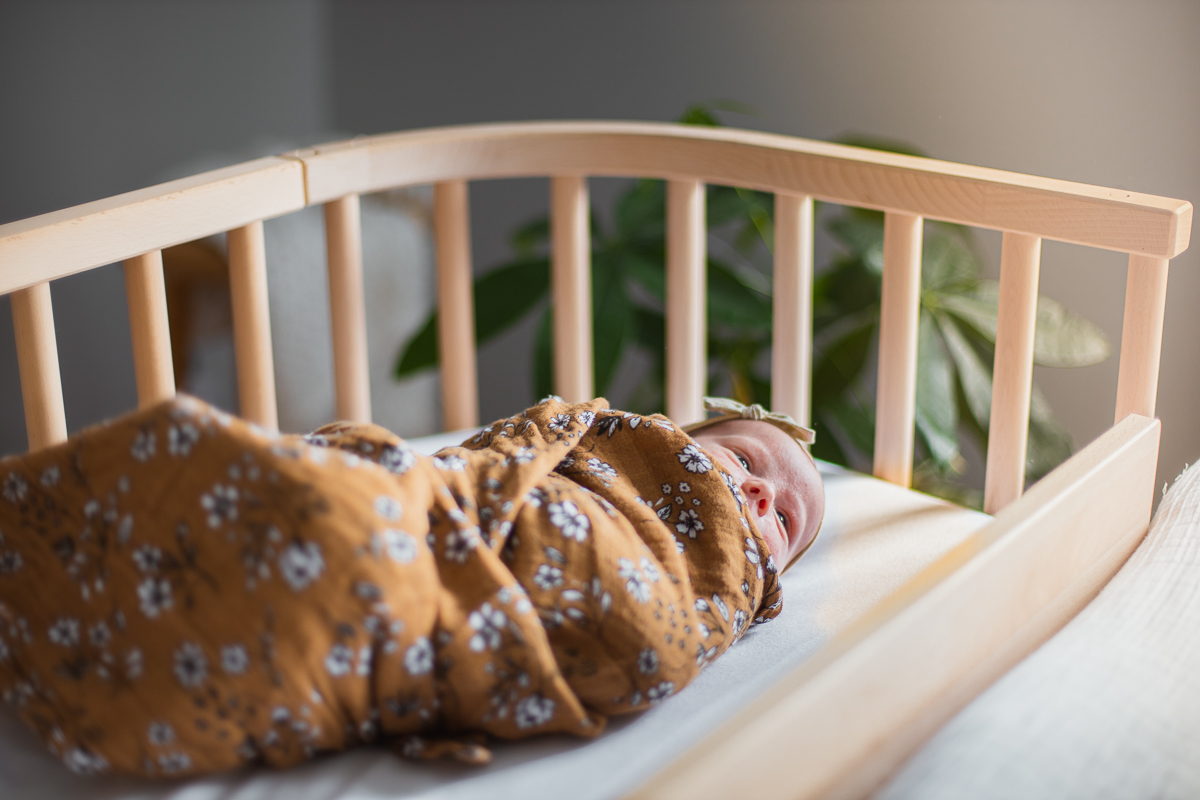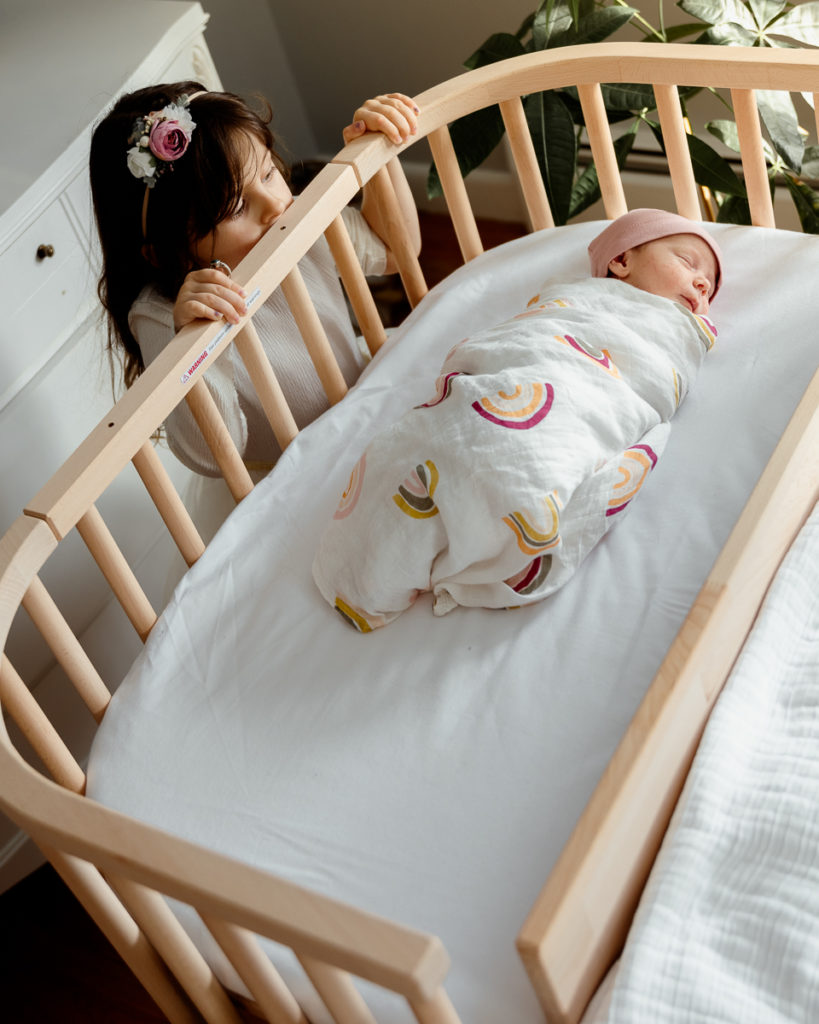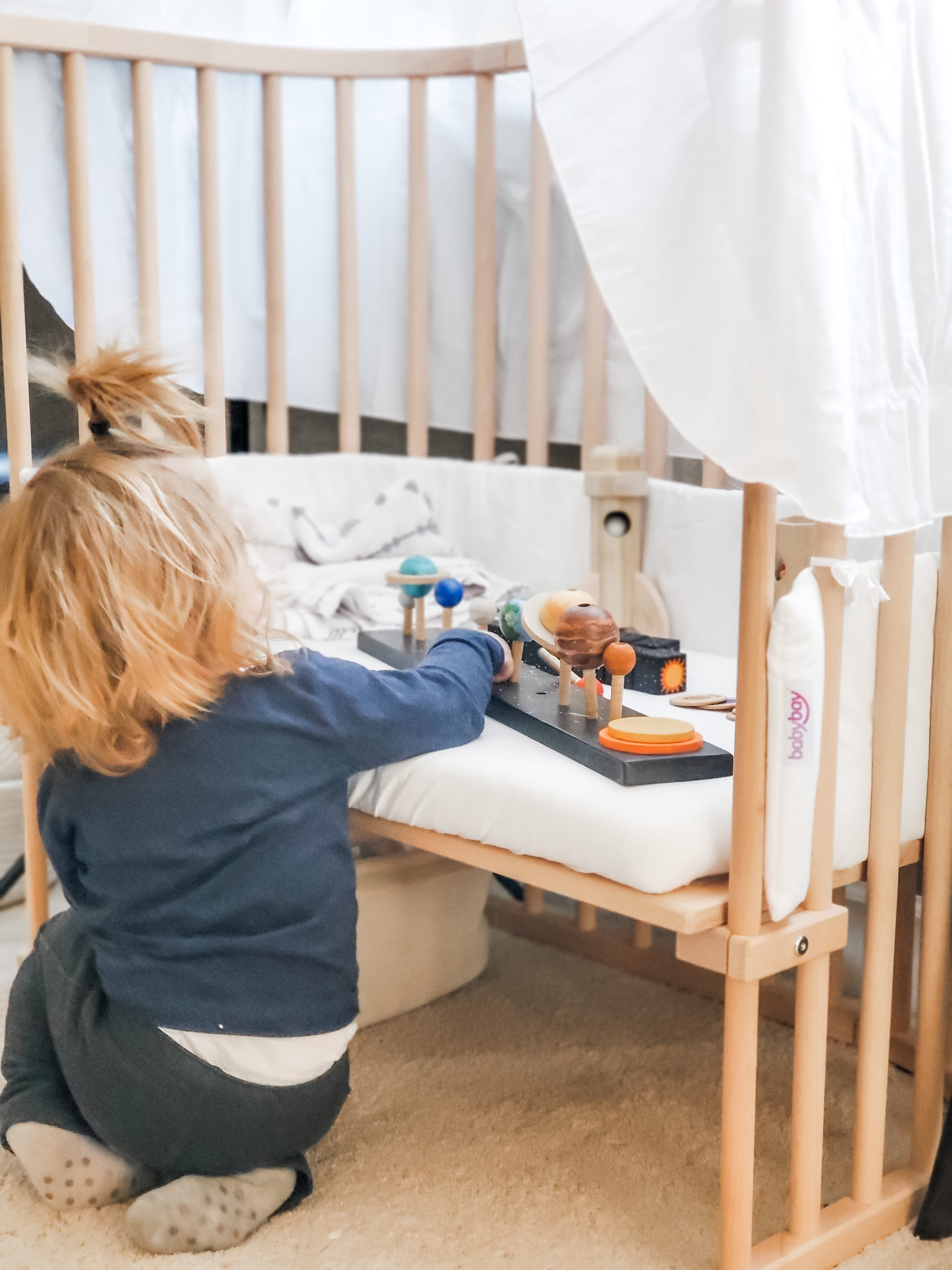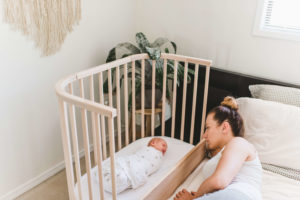Safely co-sleeping with your newborn doesn’t start in the moment you down with them in your shared room set-up…it starts well before that moment.
Because setting up your room for safe and comfortable co-sleeping is the easiest way for you to get more hours of rest during the night. While feeling the satisfied peace of mind that comes from knowing your baby is lovingly and sweetly snoozing beside you.
Some parents begin their transition to co-sleeping by researching safe co sleeping positions and getting excited for the many co-sleeping benefits they can expect to enjoy in the days ahead. (Ones like an easier nighttime nursing routine and deeper bonding between you and baby, just to name a few!). 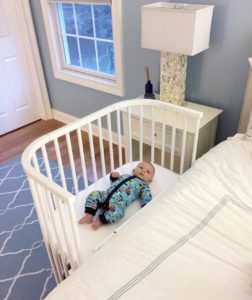
These can be helpful places to begin your co sleeping journey. But once you’re really ready to take the next steps in learning how to safely co-sleep with newborn, thinking through the specifics of your baby’s soon-to-be sleeping environment is the peace of mind-delivering best next step.
There’s a good reason for that: While there are many ways to co-sleep, but not all of them will gift you with the sound nights of stress-free rest that you’re looking for.
So before you go all-in on co-sleeping with your little one, ask yourself 2 big questions. Ones that guarantee that you’ll soak up all the beautiful co-sleeping benefits that are available to you. While still guaranteeing that your safety remains top-notch.
What safe co-sleeping positions will work best considering my home setup?
Experts are in agreement: when your baby is first brought home, the safest place for them to sleep is close by your side. (That way you’ll be able to respond to every need with super-parent speed!)
But sleeping close by your side doesn’t necessarily mean sharing your bed.
Truth is, your baby’s body will not be properly supported by the super-soft mattress, plush comforters, and soft-as-a-cloud pillows you love.
Especially during the first months of their life, your baby needs a clean and firm sleep surface that will support them. Particularly as they spend long hours of the night laying on their back and catching some much-needed Zs.
While pillows and cozy comforters might be the bedding-of-choice for adults, your baby is quite skilled enough to unroll themselves from any tangled situation they might get into. Which means that all that softness should be saved for when they grow a little bit bigger.
Safe solutions like bedside co-sleepers offer your baby a way to be by your side while still getting the support they crave. They can rest on a made-just-for-them baby bed mattress that provides comfort and proper ventilation. While you rest easy while being surrounded by your comfiest blankets and silkiest sheets.
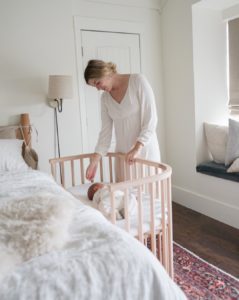
And though it might seem like bedside co sleepers that securely attach directly to your bed aren’t an option for families living in small spaces, compact co-sleeper models can naturally fit into any room. While still making it easy to turn your bedroom into a baby-loved co-sleeping space.
How do I create a healthy environment when sharing my bedroom with baby?
There are several best practices when it comes to sharing bedroom with baby that get said on repeat. Like how important it is to keep the room smoke-free and keep the temperature not too cool, not too hot.
And sure, you might feel like you’ve been there, researched that when it comes to those much-repeated best practices. But there is still one big every-parent-should-know safety concern that still comes as a surprise to most parents.
Here it is: your baby’s sleeping materials might not be as non-toxic as you think they are.
Most bedside co-sleepers, baby cribs, and baby bassinets on the market are full of toxic finishes, harmful chemicals, and damaging hard plastics that can wreak havoc on your baby’s still-developing body and immune system.
That’s why it’s so important to choose a bedside co-sleeper (and stash of baby products in general!) made of non-toxic, all-natural, eco-friendly wood and harm-free finishes.
And when it’s time to buy sheets and a mattress pad for your baby to sleep on, look for ones that provide proper ventilation while being made of chemical-free materials and baby-friendly cotton and polyester fabrics.
How to Safely Co Sleep With Newborn: The Benefits of a Bedside Co-Sleeper
For parents who are just starting to explore co-sleeping, it’s easy to feel like you’re desperately trying to fit all pieces of the co-sleeping puzzle into one, clearly-readable, easy-to-implement way for both you and baby to rest easy through the night.
And while many parents toss and turn with worry, wondering…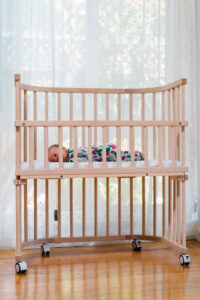
Have I perfectly designed my co sleeping space for baby to sleep easy?
Does baby have what they need to feel safe and supported as we sleep?
Have I chosen a safe co sleeping position that will help baby—and me!—rest stress-free all night long?
Having the right co-sleeping bed securely attached to your bedside can take all the guesswork out of how to safely co-sleep with newborn.
It can feel like a challenge to adapt your made-for-adults bedroom into a perfect-for-baby safe sleeping space.
But bedside co-sleepers make it possible for you to create the perfect safe co-sleeping space for your baby. Without needing to throw away your existing mattress or sheets. Redesign your own bedroom space. Or spend a single minute of much-needed sleep time wondering whether baby is feeling nurtured and supported in the way they need.
Sounds like a dream, doesn’t it?

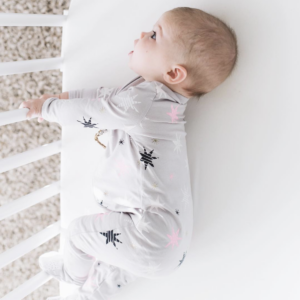
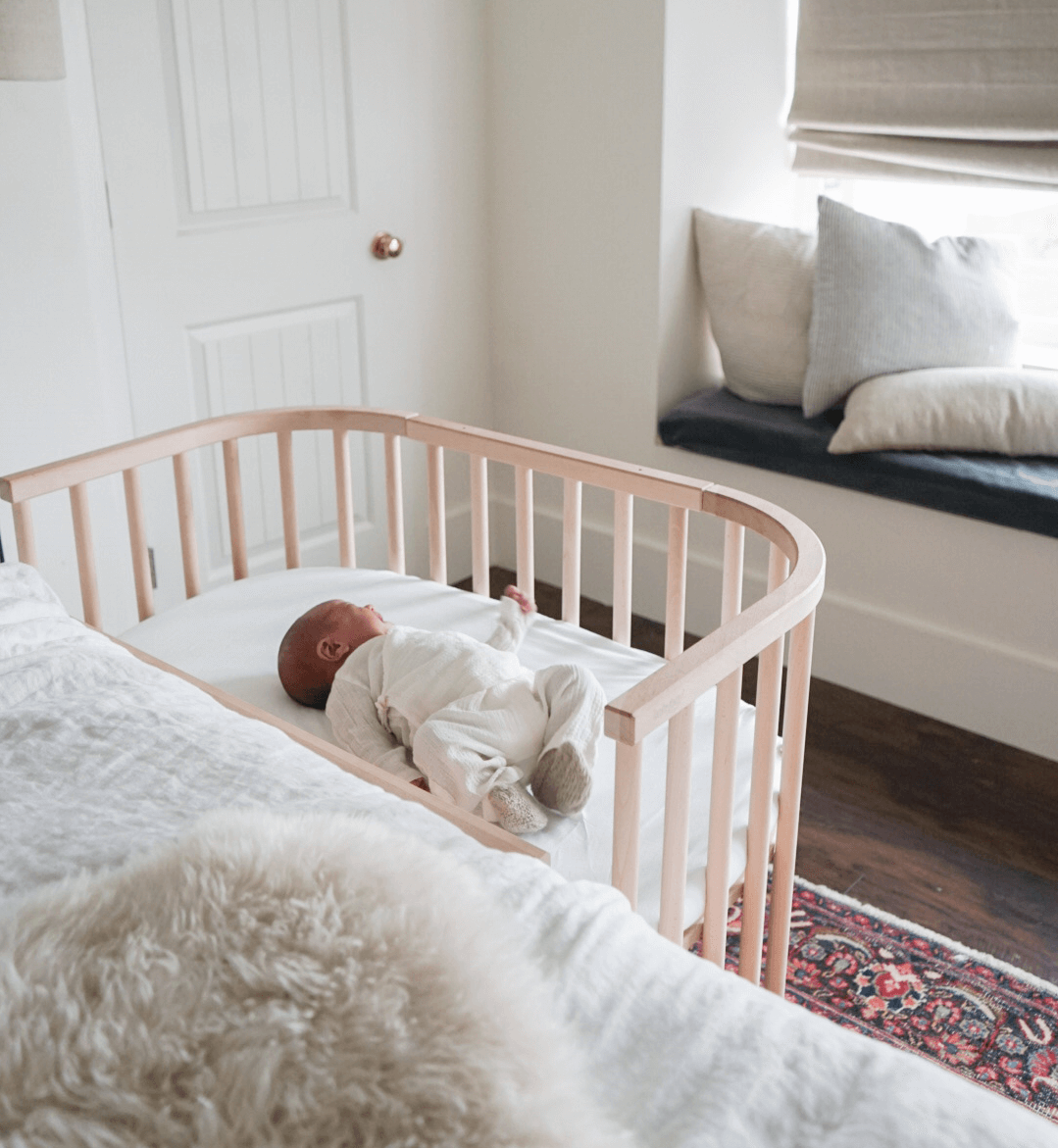
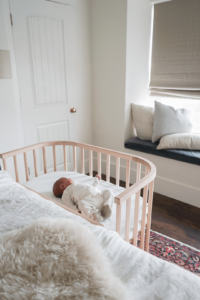
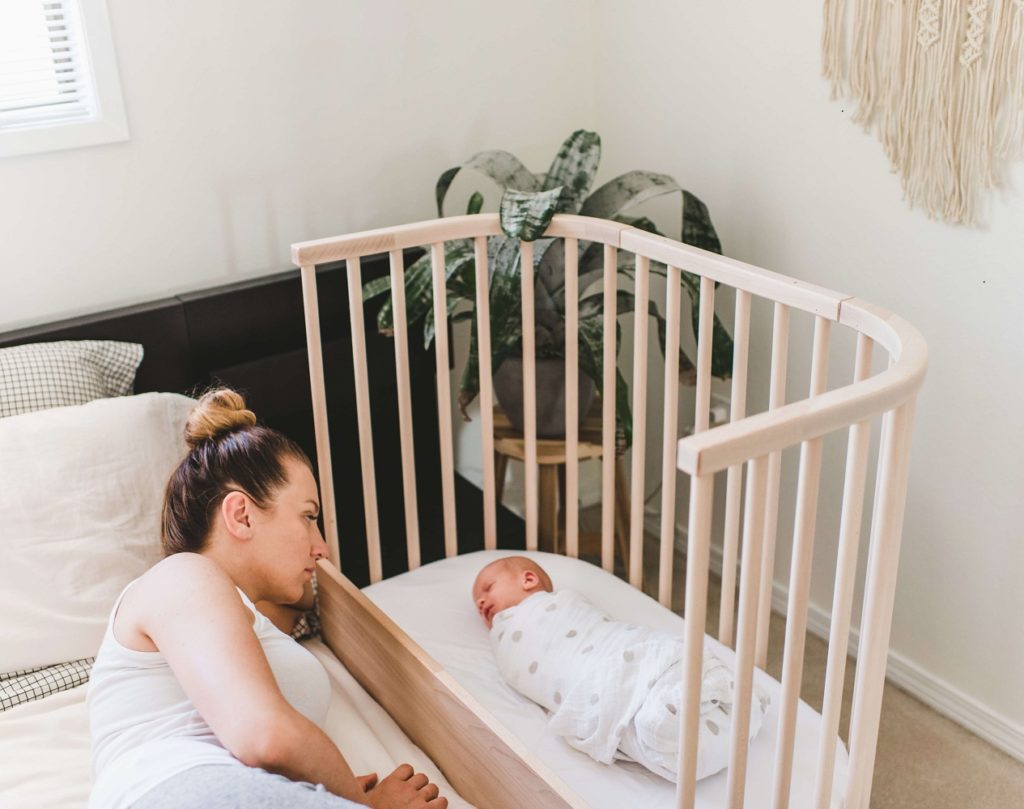
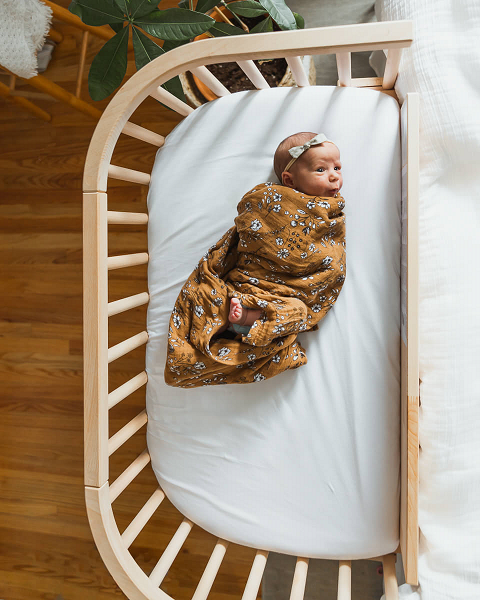
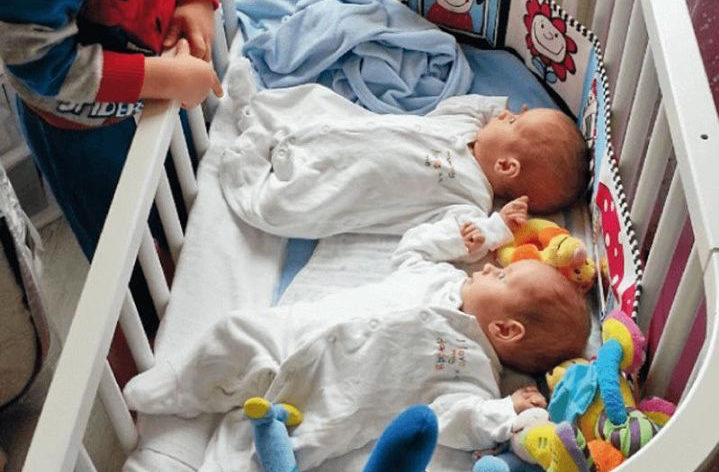
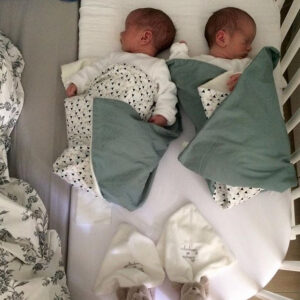
 In the context of twins, co-bedding refers to the practice of letting multiple babies of very similar ages share a sleeping space such as a
In the context of twins, co-bedding refers to the practice of letting multiple babies of very similar ages share a sleeping space such as a 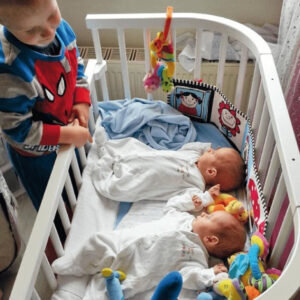
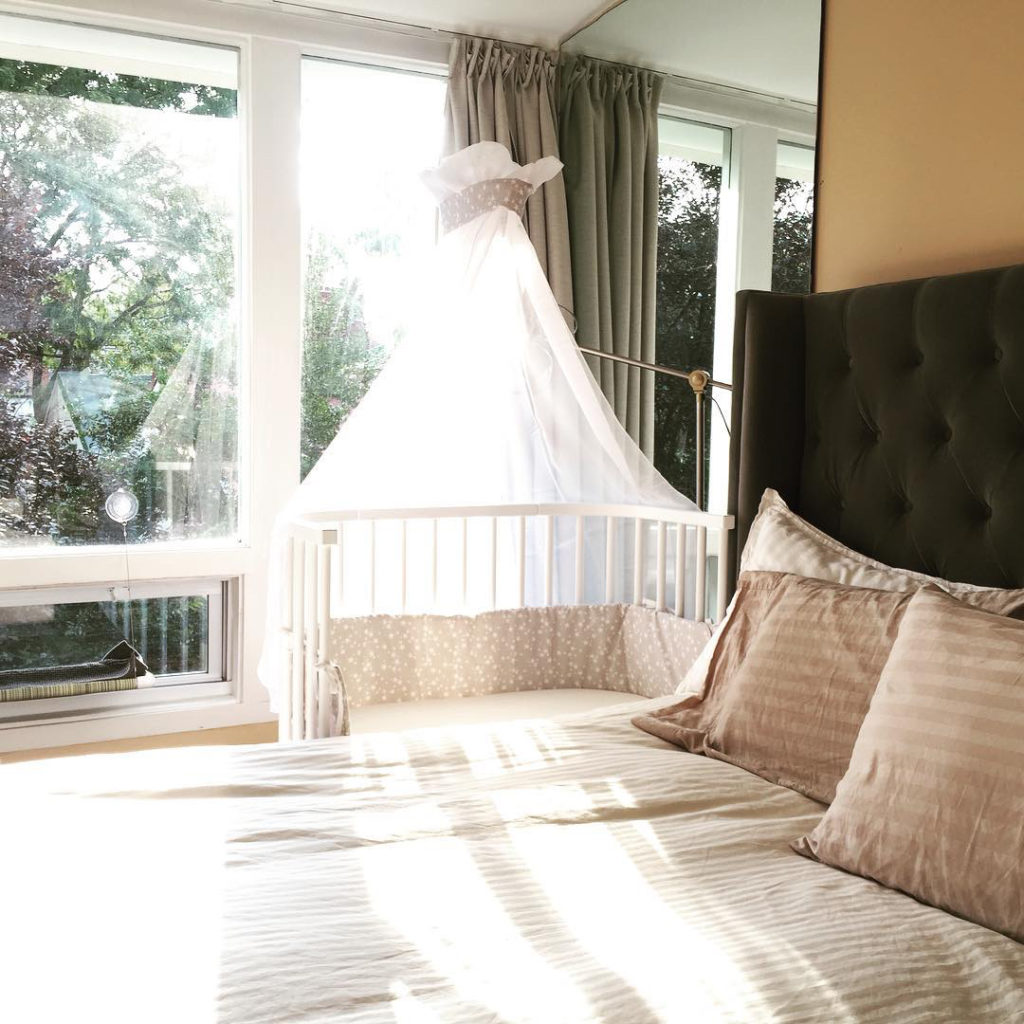
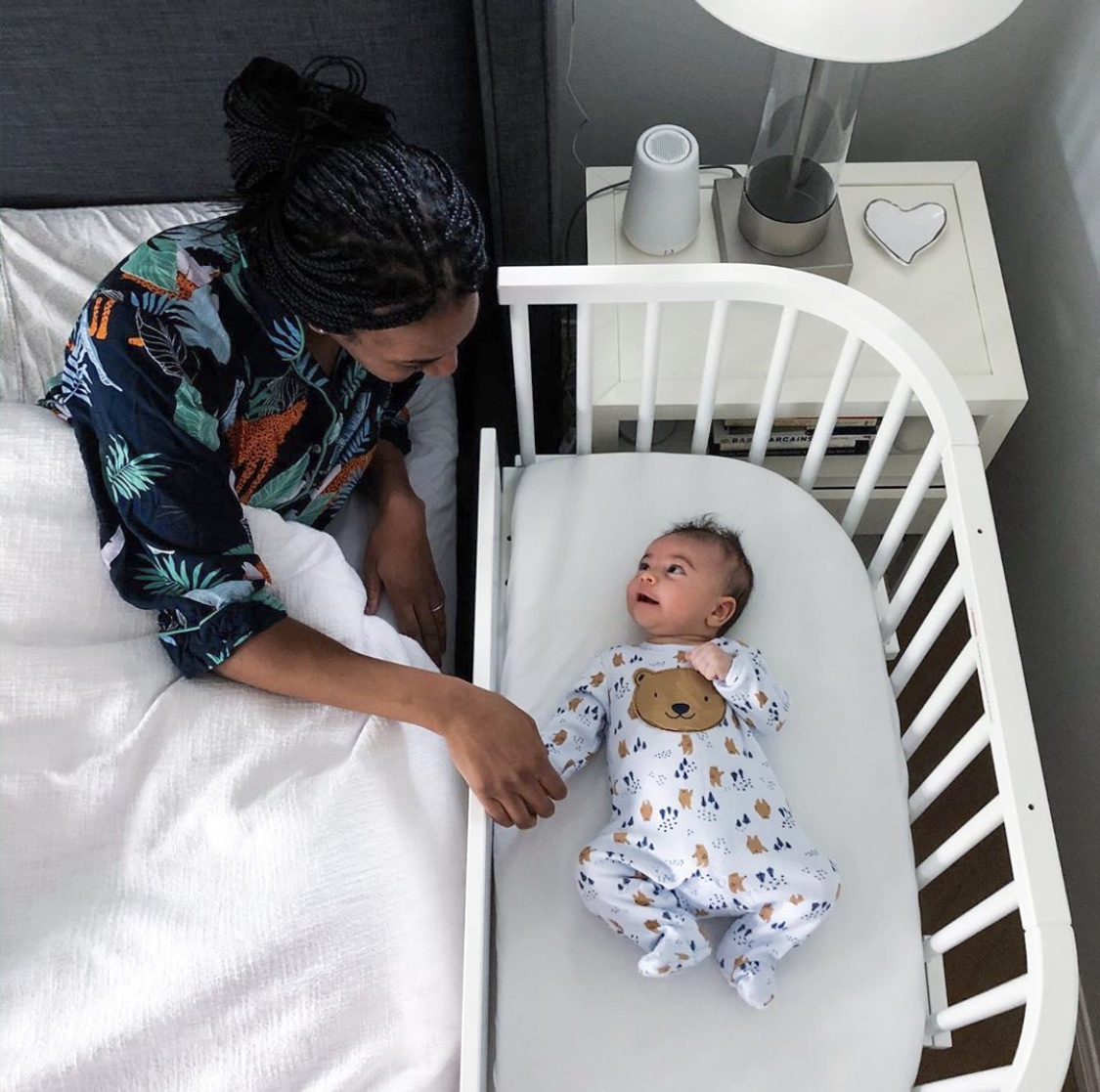
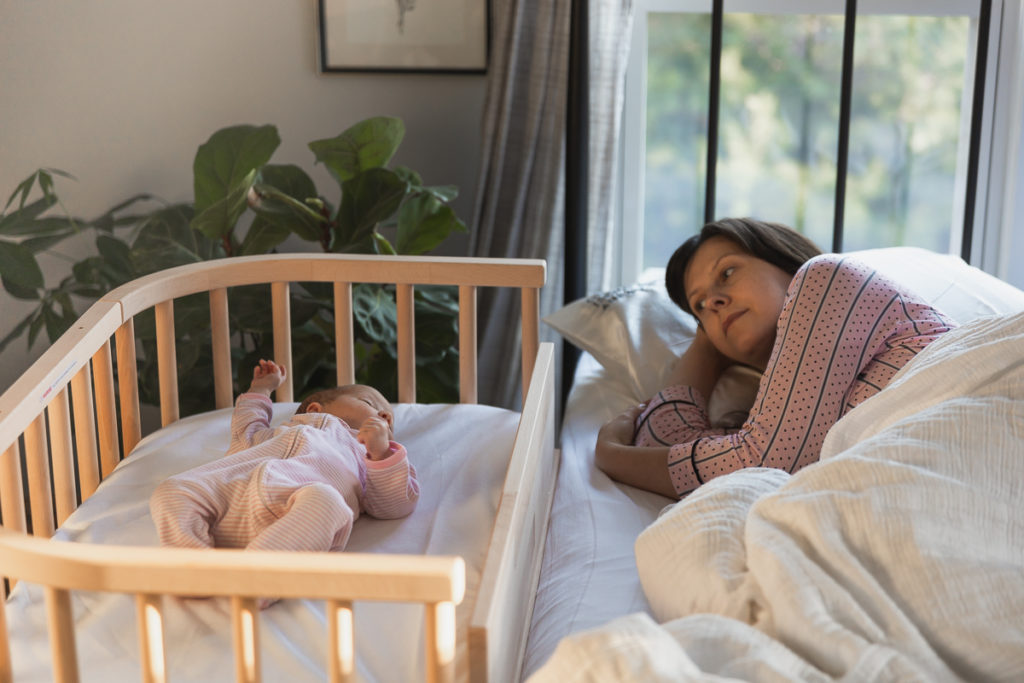

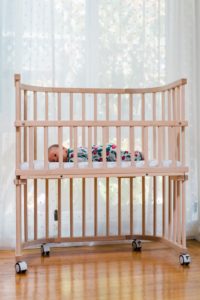

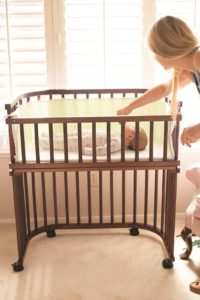
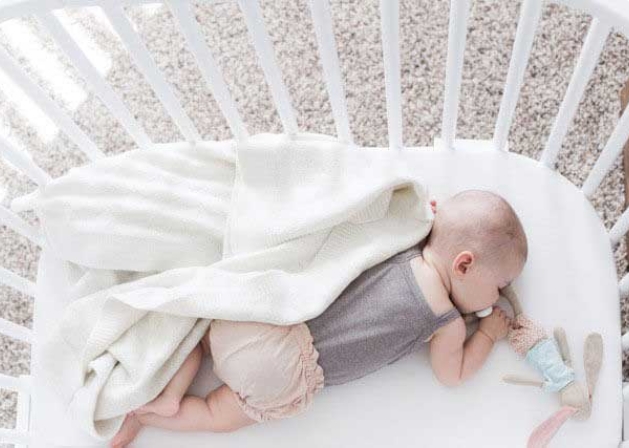
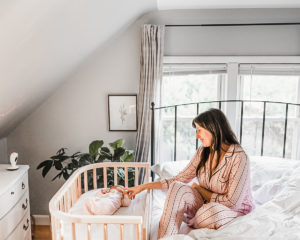
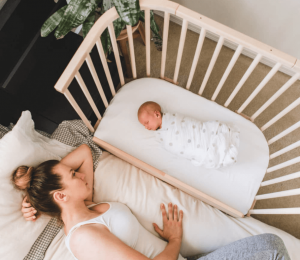 Hearing the beating of your heart and the in and out of your breath can be incredibly soothing to your baby. Depriving them of this for 6-8 hours at night means babies cry more often, needing your closeness to soothe their anxiety.
Hearing the beating of your heart and the in and out of your breath can be incredibly soothing to your baby. Depriving them of this for 6-8 hours at night means babies cry more often, needing your closeness to soothe their anxiety. 